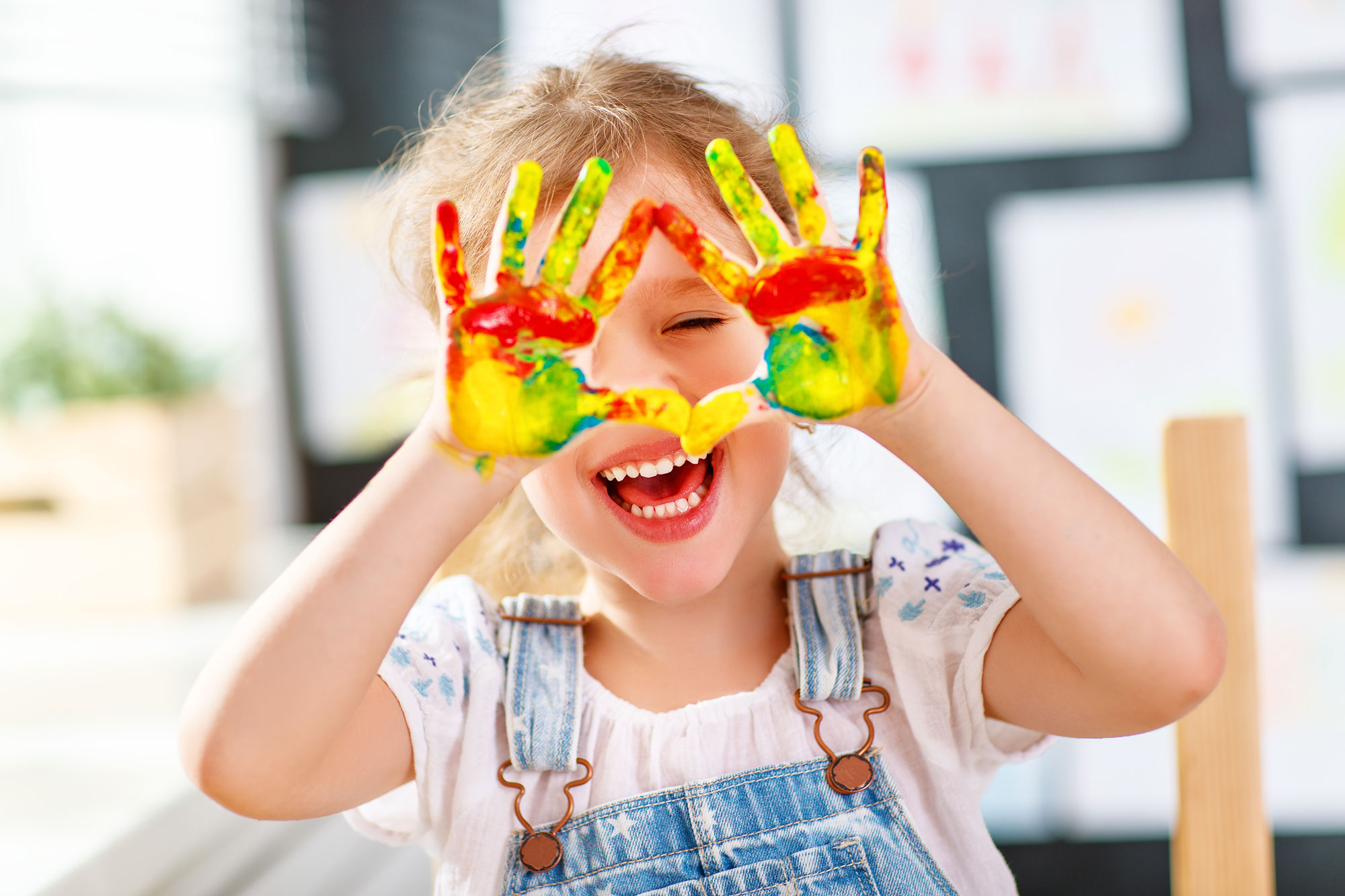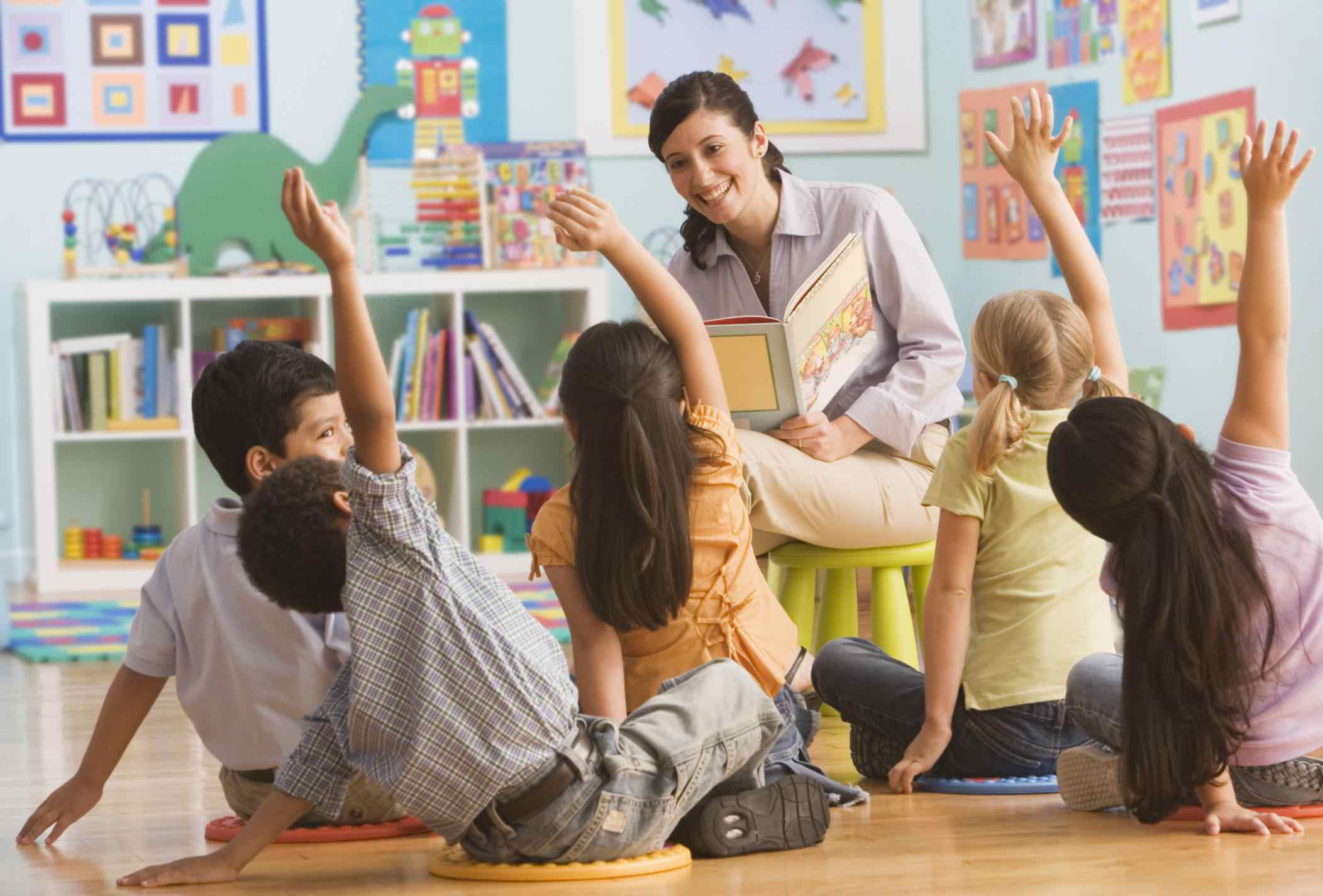Just like adults, children notice colors, which can have a significant effect on their mood. Some studies show that different colors can influence how children feel, how well they sleep, and how colors can even change their school performance. Color psychologists say that colors develop a child’s brain and reduces absenteeism, which can help them transition from childhood to adulthood.
When we think about colors, we must consider how they make a room look larger or smaller. But colors are also important in places where kids learn and play. In classrooms, colors can make a big difference. They create an environment that boosts learning and keeps kids engaged. However, colors can also have negative effects. For instance, lighter colors like yellow and blue often make kids feel happy and calm, while darker colors like deep blue, black, or gray can create negative feelings. Red might even make some children feel anxious.
Too many bright colors, especially reds and oranges, can overstimulate students. Research suggests that using more than six different colors in a classroom can distract kids and affect their ability to focus. Younger children, however, often do better in environments with lots of bright colors.
Colors organize different areas in a room. For example, blue chairs can mark a reading corner, while a red table might signal a play area. Older students tend to do better in rooms painted with soft blues and greens, which help reduce stress and are less distracting than bright primary colors.
All in all, children love to colour, and it is a great activity to develop their brain. If you’re looking for a modern-time colouring book, one that educates as well as entertains, consider getting them Dinosaurs and Dinosaur Babies: An Educational Coloring – Activity Book by Todd S. Schoedel. This book combines learning with colorful, imaginative illustrations, making it a great way for children to engage with both dinosaurs and the impact of colors on their development.




